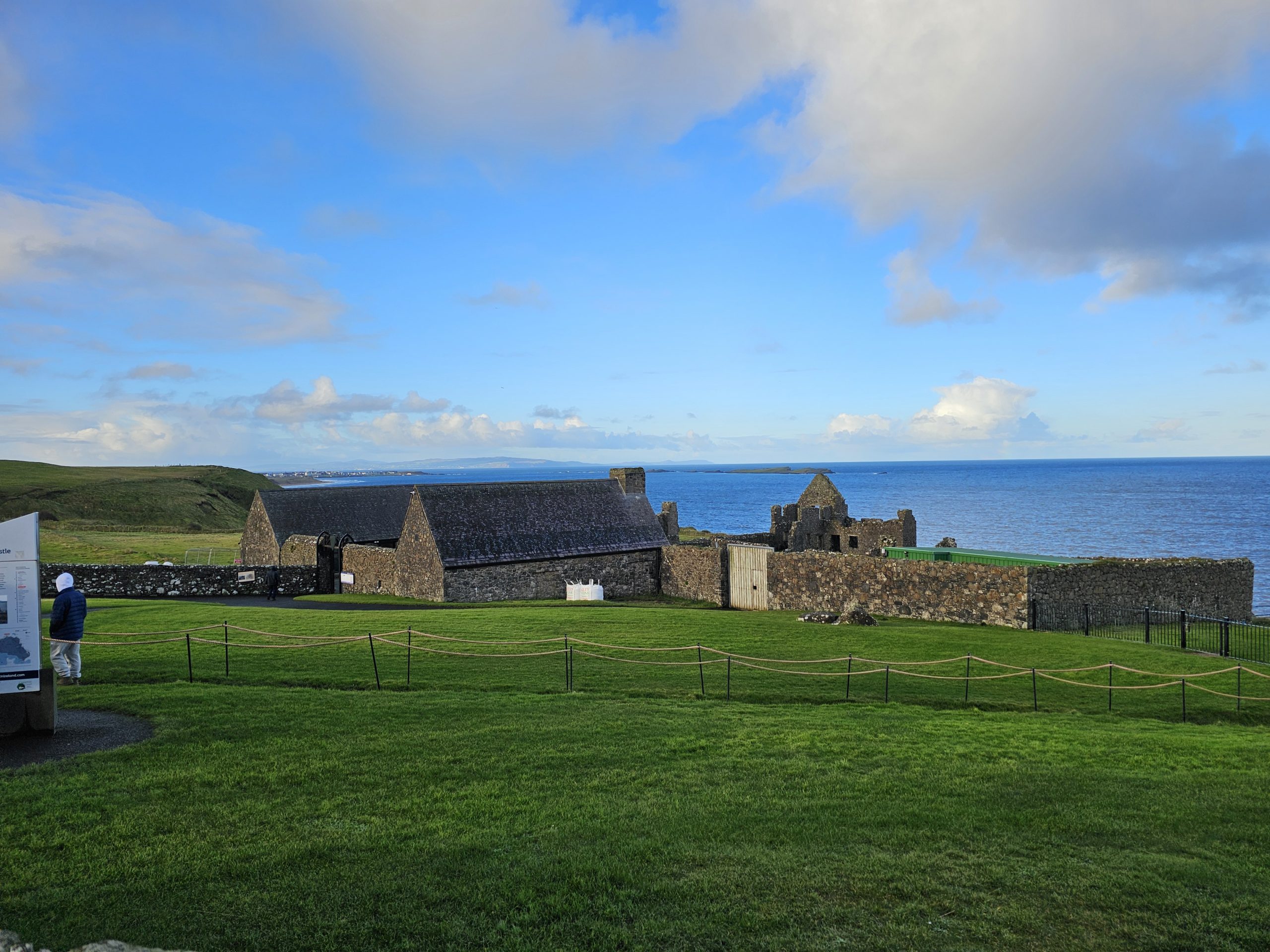I was able to spend a couple of weeks teaching a real estate course in Ireland in early 2024 and was enchanted by the history of the Emerald Isle. One interesting feature is the complete absence of snakes in the lush green landscape of Ireland. Although you might consider this part of the folklore, the reality behind Ireland’s snake-free status is a fascinating tale blending history, legend, and ecological happenstance.
To begin with, it’s important to dispel the myth that there were never any snakes in Ireland. Geological evidence suggests that snakes likely did inhabit the island thousands of years ago during warmer periods. However, the last Ice Age, which ended around 10,000 years ago, played a crucial role in shaping Ireland’s fauna. As the glaciers retreated, Ireland became isolated from the European mainland, leading to the extinction or disappearance of many species, including snakes.
But why did snakes not recolonize Ireland after the Ice Age, unlike other creatures? The answer lies in Ireland’s unique geographical position and climate. Surrounded by the cold waters of the Atlantic Ocean, Ireland’s climate is relatively mild, but still too chilly for most snake species to thrive. Additionally, Ireland’s lack of suitable habitats, such as large expanses of open grassland or forests, further limits the ability of snakes to establish populations.
Another factor contributing to the absence of snakes in Ireland is human intervention. Ireland’s history is marked by human activity, from early settlers to the Celts and later invasions and migrations. It’s believed that the Celts, who revered nature and wildlife, may have actively worked to eliminate snakes from the island. This notion is supported by ancient Irish texts and folklore, which depict saints and heroes driving out serpents as symbolic acts of defeating paganism or evil.
One of the most famous legends surrounding the absence of snakes in Ireland involves St. Patrick, the patron saint of the country. According to tradition, St. Patrick arrived in Ireland in the 5th century and, after fasting for 40 days atop a hill, banished all the snakes from the island by driving them into the sea. While this story is undoubtedly mythical, it has become deeply ingrained in Irish culture and is often cited as the reason for Ireland’s snake-free status, despite lacking scientific validity.
In reality, Ireland’s lack of snakes is a result of a complex interplay of geological, ecological, and historical factors. While the island may have once been home to these reptiles, the combination of geological isolation, unsuitable climate, and human influence has kept Ireland snake-free for millennia.
Today, Ireland’s snakeless status remains a point of pride for many, symbolizing the island’s unique ecological heritage and cultural identity. However, it’s essential to appreciate the scientific explanations behind this phenomenon, rather than relying solely on folklore and myth. Ireland’s natural history is a testament to the dynamic forces that have shaped the island’s landscape and biodiversity over thousands of years, making it a fascinating subject of study for scientists and storytellers alike.


 Facebook
Facebook
 X
X
 Pinterest
Pinterest
 Copy Link
Copy Link






